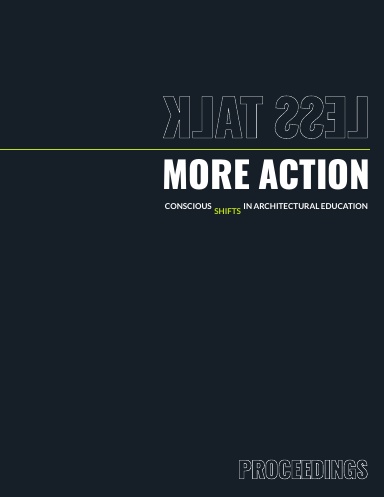Author(s): Lauren Matchision
The desire to increase inclusivity in the field of architecture is concurrent with a perceptible growing trend in the United States in which many institutions of higher education have begun to take a closer look at student enrollment in the realization that various degree programs, including architecture, have historically lacked representation from people of color. Emerging architecture pipeline programs are poised to erode the demographic status quo by creating opportuniti es to engage historically underrepresented students while they are still in high school. Many of the explicit and implicit competencies these programs impart are valuable additions toward increasing the likelihood of more underrepresented students successfully applying to study architecture at the university level. These programs are only a small part of a growing number of efforts intended to address long-standing inequiti es in architecture education. This paper aims to assess such programs in light of Sharon Sutton’s imperative to achieve and sustain educational equity set forth in her recent book, When Ivory Towers Were Black: A Story About Race in America’s Cities and Universities. This paper first briefly identifies numerous diversity, equity, and inclusion initiatives currently taking hold in the discipline and profession of architecture. Next, it carefully examines Sutton’s account of the Columbia University School of Architecture’s attempt to transform the demographic status quo. Lastly, it considers the lessons learned from the experiment and applies them to emerging pipeline programs, referred to here as Architecture Development Programs, ultimately seeking to explore successful methods to attract, educate, and support historically under represented young people in the classroom and the profession.
https://doi.org/10.35483/ACSA.FALL.19.13
Volume Editors
Amy Larimer, Deborah Berke, Diana Lin, Drew Krafcik, John Barton & Sunil Bald
ISBN
978-1-944214-24-1

 Study Architecture
Study Architecture  ProPEL
ProPEL 
